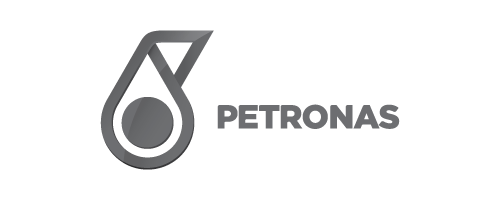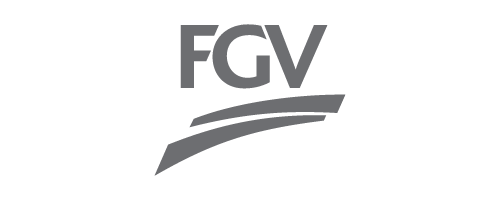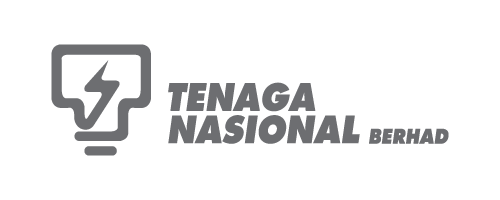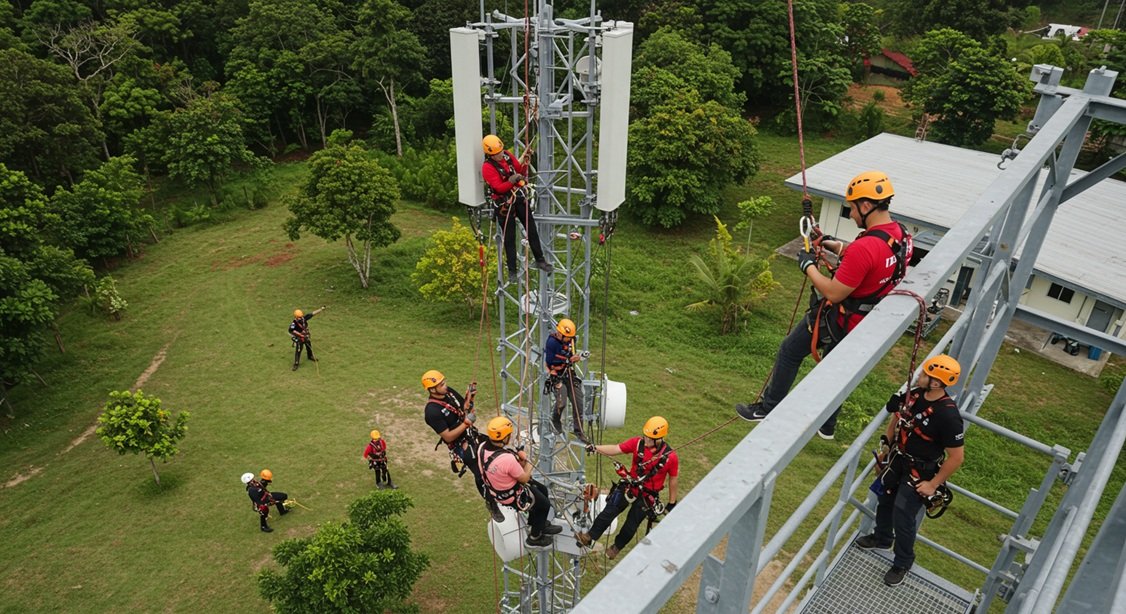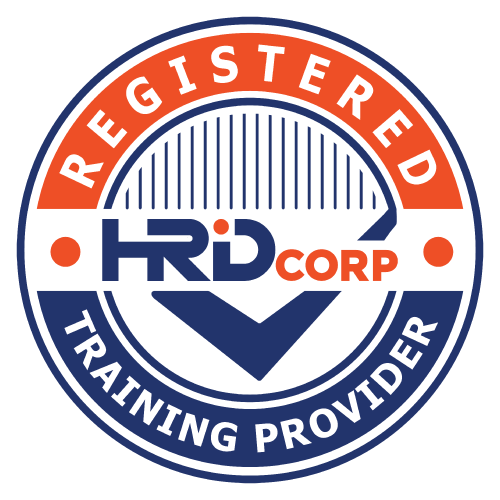Introduction
Working at height refers to any work task where there’s a risk of falling from one level to another, potentially causing injury.
This includes activities on ladders, scaffolding, roofs, and other elevated surfaces.
The key is to ensure that appropriate safety measures are in place to prevent falls and protect workers.
- Duration : 2 Days
- Target Group: All level of workers
- Construction Workers
- Maintenance and Repair Technicians
- Warehouse and Logistics Staff
- Electricians and Utility Workers
- Window Cleaners and Exterior Building Cleaners
- Workers who install, inspect, or maintain telecom towers, antennas, or satellite equipment at height.
- Supervisors and Safety Officers
- Managers and safety professionals responsible for overseeing high-risk work and ensuring compliance with height safety protocols.
- Engineers and Site Planners
- Facility Management Staff
- Emergency Response Teams
- Learning Method
- Classroom-Based Learning
- Practical Demonstrations
- Hands-On Training
- Risk Assessment Exercises
- Written and Practical Assessments
Objective
Upon completion of the training, participants will be able to:
- Understanding Legal and Regulatory Requirements
- To familiarize workers with relevant laws, standards, and regulations (e.g., OSHA, HSE, or country-specific safety codes) regarding working at height.
- To ensure compliance with workplace health and safety regulations.
- Identifying Risks and Hazards
- To help workers recognize potential hazards associated with working at height (e.g., unprotected edges, fragile surfaces, weather conditions).
- To assess the level of risk before beginning any elevated task.
- Proper Use of Fall Protection Systems
- To instruct participants on the correct selection, inspection, and use of personal protective equipment (PPE) such as harnesses, lanyards, and anchor points.
- Safe Use of Access Equipment
- To train workers in the safe use of ladders, scaffolding, mobile elevating work platforms (MEWPs), and other access tools.
- Emergency Procedures and Rescue Planning
- To prepare workers to respond appropriately in the event of a fall or emergency situation.
- Promoting a Safety-First Attitude
- To encourage a proactive approach to safety and personal responsibility.
Topic
- Introduction and Statutory requirement
- Fundamental of working at height
- Working at height accessibilities and work platform
- Fall arrest and safety management
- Rescue at height (planning and simple immediate rescue)
- Practical session and writing test
FAQs
What is meant by working at height?
Work at height refers to any work activity carried out in a location where a person can fall a distance that could cause personal injury. In Malaysia, the Department of Occupational Safety and Health or DOSH plays a key role in setting safety standards for work at height.
What PPE is needed for working at height?
Personal Protective Equipment (PPE) required for working at heights in Malaysia includes safety helmet, harness, safety ropes, safety shoes, and other equipment appropriate to the type of work. In addition, adequate training and equipment inspections are important to ensure worker safety. Here is a more detailed explanation of PPE and safety measures:
Personal Protective Equipment (PPE):
- Safety Helmet: Protects the head from falling objects.
- Harness: Ensures that workers are securely attached to a structure or safety rope.
- Life Line: Helps reduce the risk of falling and allows workers to move safely.
- Safety Shoes: Protects feet from injuries caused by falling or crushed objects.
- Additional Equipment: Depending on the type of work, gloves, eye protection, and other equipment may be required.
For fall arrest harness, personnel are mandatory to use full body harness, double lanyard and suspension.
What is the minimum height for working at height in Malaysia?
Working at height refers to any work activity carried out in a location where a person can fall a distance that could cause personal injury. In Malaysia, the Department of Occupational Safety and Health (DOSH) or DOSH plays an important role in setting safety standards for working at height.
There are no specific height for working at height in Malaysia. Somehow, any work above 10 feet are require using of fall arrest equipment and it refers to full body harness with 2 lanyards and suspension.
There are suggestion that the minimum height for work at height in Malaysia is 2 meter and above but there is no legal reference to support such definition.
Top companies subscribed to this training.
Competency training trusted by:


